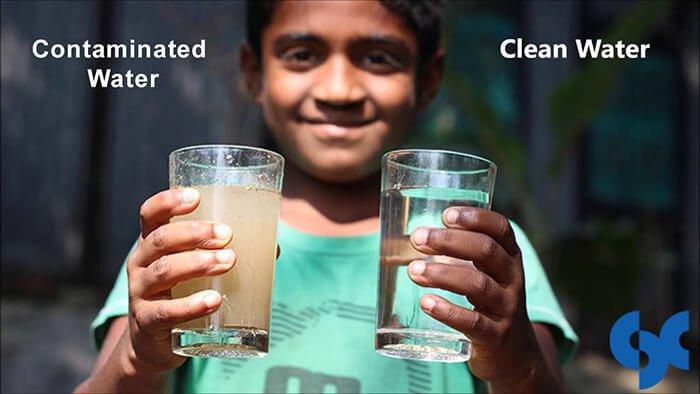
Water is the ultimate propelling, without which life wouldn't exist. It is an important driving force in our everyday lives. Therefore, it is important to keep water hygienic and consume clean water. Water, if contaminated, can cause and spread various illnesses such as typhoid, cholera, jaundice, etc. Here, we will understand the various waterborne diseases and how to prevent them to lead a healthy life.
Waterborne diseases are illnesses caused due to consumption of contaminated water, either directly or through food made with it. Water contamination can happen when food or water for consumption is contaminated by an infected person or through surface contamination, which results in infection. Such infection can be caused by harmful pathogens, including viruses and bacteria. Coming in contact with such contaminated sources can cause and spread various waterborne diseases.
There are different types of waterborne diseases, which vary depending on the pathogen likely to cause the disease. Knowing and having a better understanding of the waterborne diseases list can help be aware of these diseases and take precautions to avoid them.
Apart from these, there are other waterborne diseases spread by other parasites and pathogens. Amoebic dysentery, amoebiasis, and shigellosis are other such names of water-borne diseases.
Waterborne diseases are caused by pathogens such as bacteria, viruses, and parasites, which are spread due to direct contact with polluted water sources or faeces and not adhering to proper sanitation measures afterwards while handling food and drinks. These can also spread by touching infected surfaces and being in close contact or proximity to infected persons. Lack of adherence to proper hygiene and sanitation is the main reason for the spread of water borne diseases.
Different waterborne diseases may have different symptoms based on the various causes of waterborne diseases, but they have some symptoms in common. Here are some of the common waterborne diseases symptoms.
Common treatment of waterborne diseases involves ensuring proper hydration to make up for the lost fluids due to diarrhoea. Antibiotic medications may be recommended for diseases likely to be caused by bacteria and other pathogens. Anti-parasite medications may be recommended for diseases caused by parasites, such as giardia. It is also important to take ample rest and avoid exhaustion to ensure proper recovery.
Prevention is better than cure, and this adage is better suited for conditions caused by water-borne pathogens. While treatment options can help prevent fatalities and arrest the outbreak of a water-borne disease by ensuring timely treatment, it is better to prevent water-borne diseases.
Here are some of the common ways to prevent the occurrence and spread of waterborne diseases.
Water eventually gets polluted with dumping of human waste, industrial waste, animal waste, untreated sewage, etc. Using water from such sources without treating it properly leads to various water borne diseases and infections. Such contaminated water can contain pathogens such as Hepatitis A and bacteria such as E. Coli, which can lead to food poisoning and fatal diseases such as cholera and typhoid fever. Using polluted water for washing purposes can also cause irritation and infections of the eyes and skin.
Rural areas and poverty-stricken populations are more prone to water borne diseases due to a lack of proper hygiene and sanitation. The risk is far higher for children, the elderly, and immunocompromised individuals. While access to clean water may not always be ensured or even possible, it is important to take proper precautions and vaccinate in time.
Some of the waterborne diseases may get cured on their own within a few weeks, but diseases such as cholera can become fatal if left untreated. However, even if symptoms of these diseases go away on their own, there can be long-lasting effects of water borne diseases. Moreover, these diseases may weaken the immune system. To avoid getting infected by such waterborne diseases, it is important to take proper precautions.